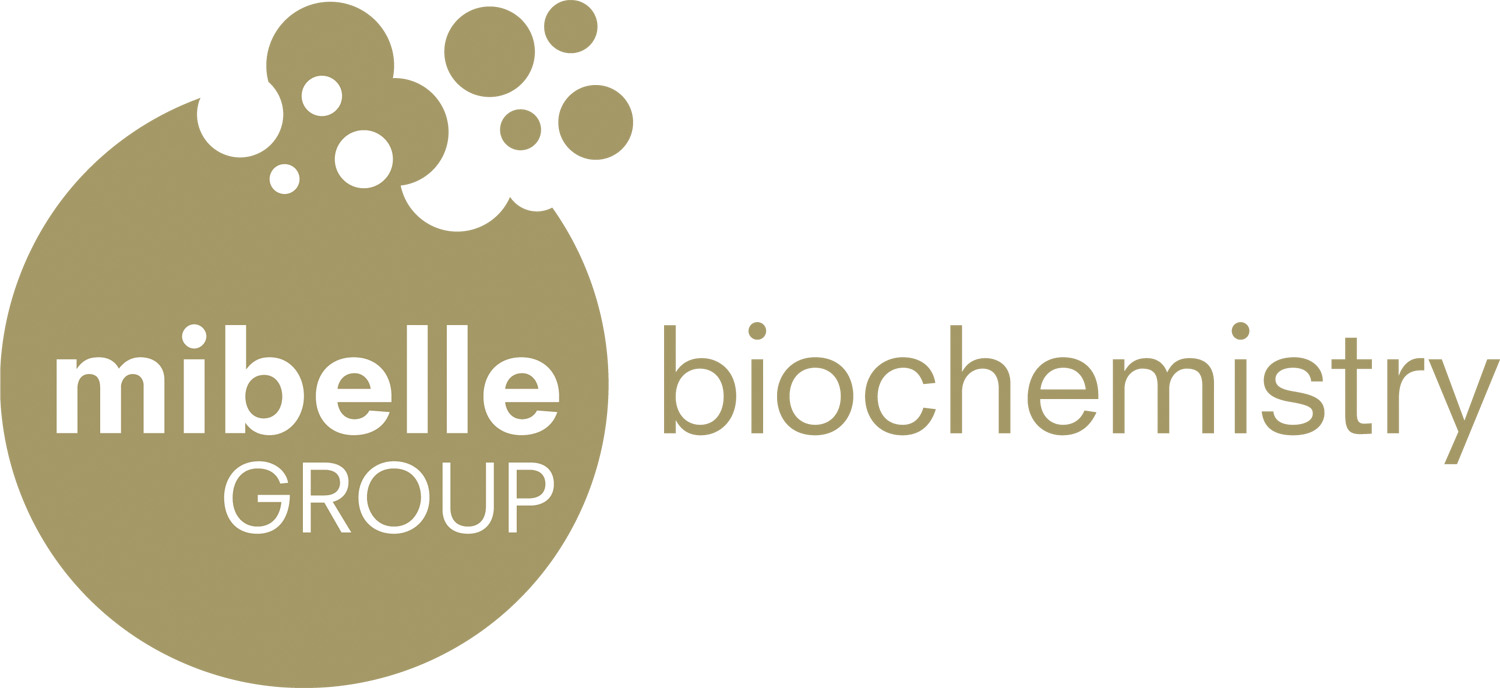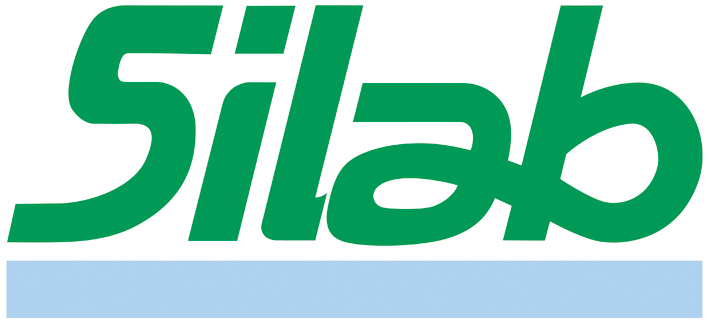The human microbiome is the sum of the genomes of the skin microbiota, which is the combination of bacteria, fungi, archaea and viruses that inhabit various areas of the skin.
In Skin Microbiota: A Source of Disease or Defence?[1] the authors suggested that cutaneous microbiota may protect the host.
An article published in 2009[2] surveyed the microbiome on various sites of the human body and claimed that it provides a baseline for studies that examine the role of bacterial communities in disease states and the microbial interdependencies required to maintain healthy skin.
Initially, the cosmetic world was slow to understand the significance of these findings and, up to August 2020, only one such article has appeared in the International Journal of Cosmetic Science[3].
A search of US patents found USP 10,695,386, filed on 10 May 2018[4].
However, at in-cosmetics Global 2017, Durant Scholz of AMT described the human microbiome as a unique interface between us and our environment, providing protection against pathogenic invaders and acting as the first real barrier of skin defence.
At in-cosmetics Global 2018, Barbara Brockway chaired a workshop on the human biome and it was a recurring theme throughout the event.
For further reading about the microbiome, there are excellent presentations by ingredient suppliers. Available from Gobiotics is Formulating for the Skin Microbiota. From Symrise there is Protection of Formulations with Microbiome Claims and from Phenbiox there is a presentation entitled Smart Ingredients to Modulate Microbiota.
Givaudan has published Leadership in Microbiomics, explaining that microbiota is the assemblage of microorganisms present in a defined environment; the metagenome is the collection of genes from the members of a microbiota; the microbiome refers to the entire habitat, including the microorganisms, their genes and the surrounding environment; and microbiomics is the study of the microbiome.
A colourful but informative publication by Sederma is called Fascinating Discoveries Promoting a Holistic Beauty Synonymous with Harmony, Health and Wellbeing, which looks at the way microbes interact with skin cells by producing metabolites such as proteases, lipases and ureases that stimulate the immune system.
CLR has published Sense About Microbiome Skincare, which goes into the details of the skin microflora and its interaction with the skin, and from AMT we have Natural Antimicrobial Strategies for a Post-Biotic Future.
A presentation from Croda is called The Human Microbiome and it suggests there is growing consumer awareness that skin problems may be associated with a disrupted microbiome.
All these presentations agree that healthy skin is reliant on a healthy microbiome comprising a highly diverse assortment of commensal bacteria that act on the host's immune system to induce protective responses to prevent colonisation and invasion by pathogens.
It is a balanced system that can be disturbed by environmental pollution and by exposure to the chemicals and preservatives found in many cosmetic products.
Preservation & the microbiome
Microbiome-friendly ingredients are those that enable a reduction in preservatives without compromising cosmetic safety; probiotics are inactive beneficial microorganisms which help stimulate the skin's own defences and prebiotics can be metabolised by the microbiome to promote growth of microorganisms.
Lactobacillus acidophilus is recognised to have probiotic effects. It is commonly used in dietary products and is part of the natural human microbiota.
AMT uses fermentation technology to isolate and extract effective antimicrobial short chain peptides from Lactobacillus acidophilus able to destroy pathogenic bacteria whilst maintaining the skin microbiome.
It offers Leucidal Liquid (INCI: Leuconostoc/radish root ferment filtrate), AMTicide Coconut (INCI: Lactobacillus, cocos nucifera (coconut) fruit extract) and Leucidal SF Max (INCI: Lactobacillus ferment) for preventing bacterial and fungal spoilage of cosmetic products.
Symrise claims that the use of SymDiol 68 (INCI: 11,2-hexanediol, caprylyl glycol) with the antioxidant SymSave H (INCI: Hydroxyacetophenone) can protect a variety of formulations against microbial contamination without disturbing the natural flora of the skin.






